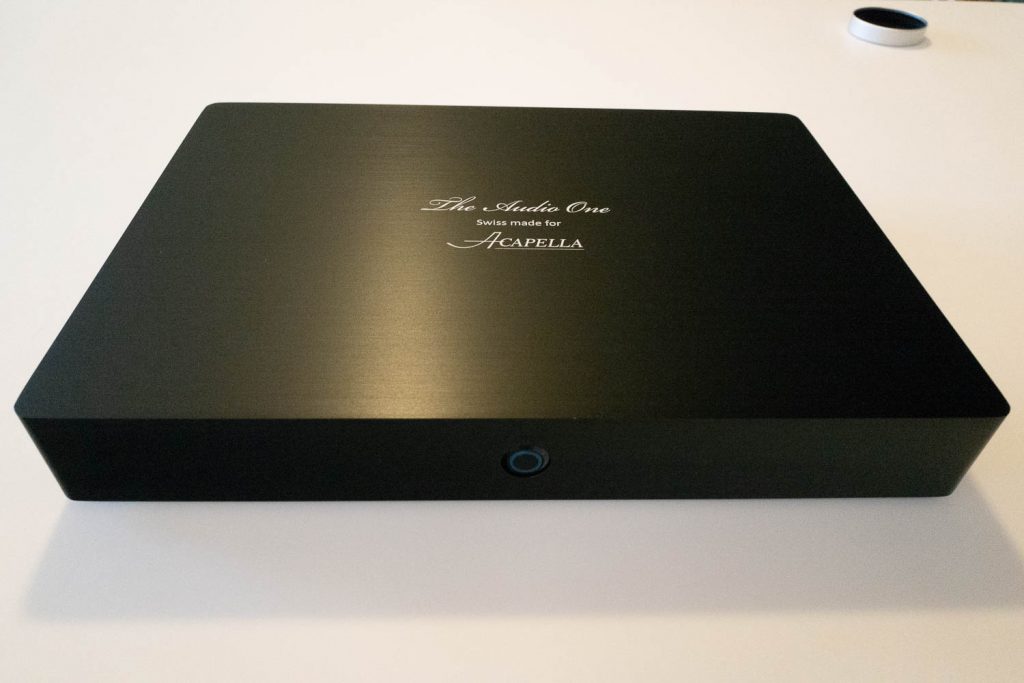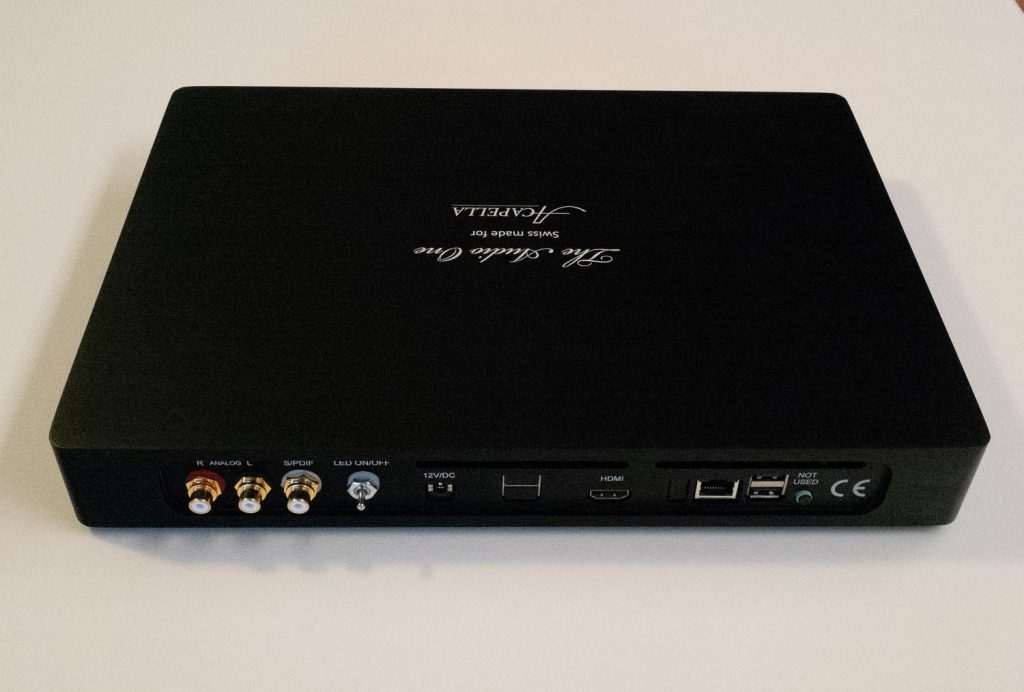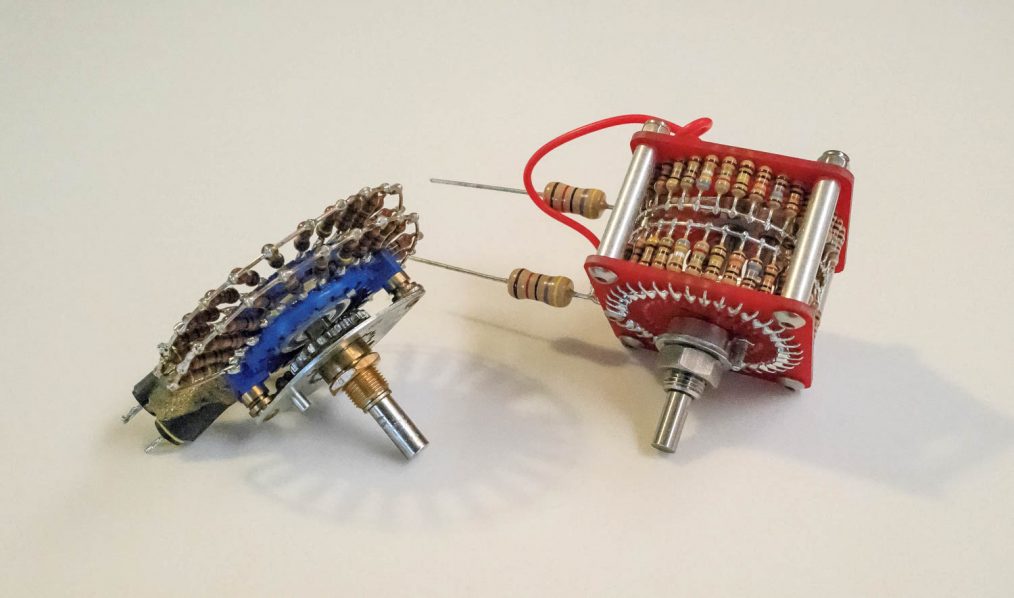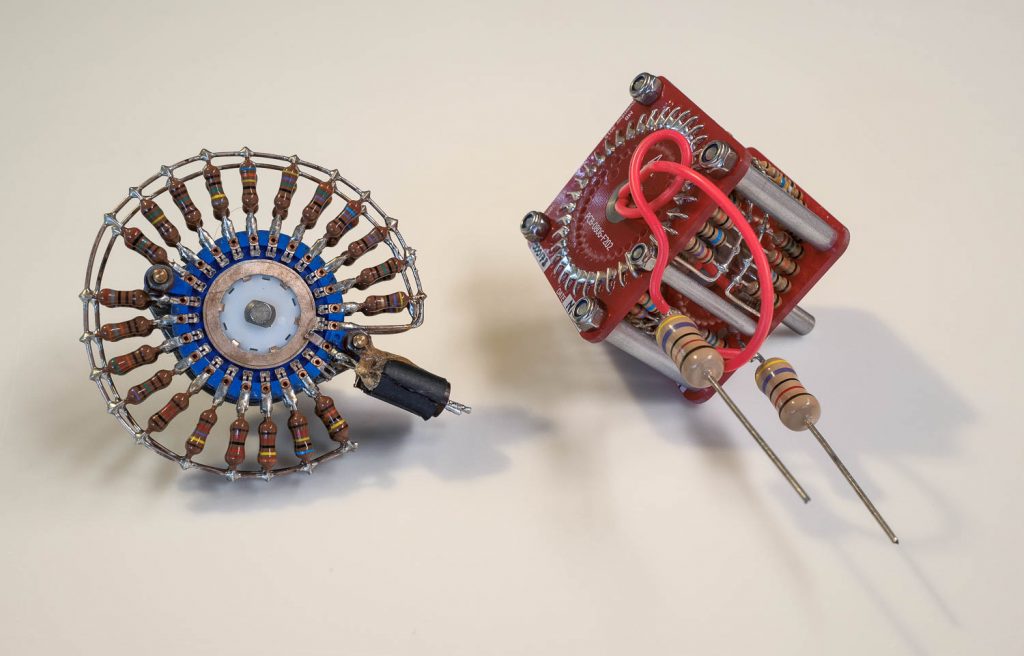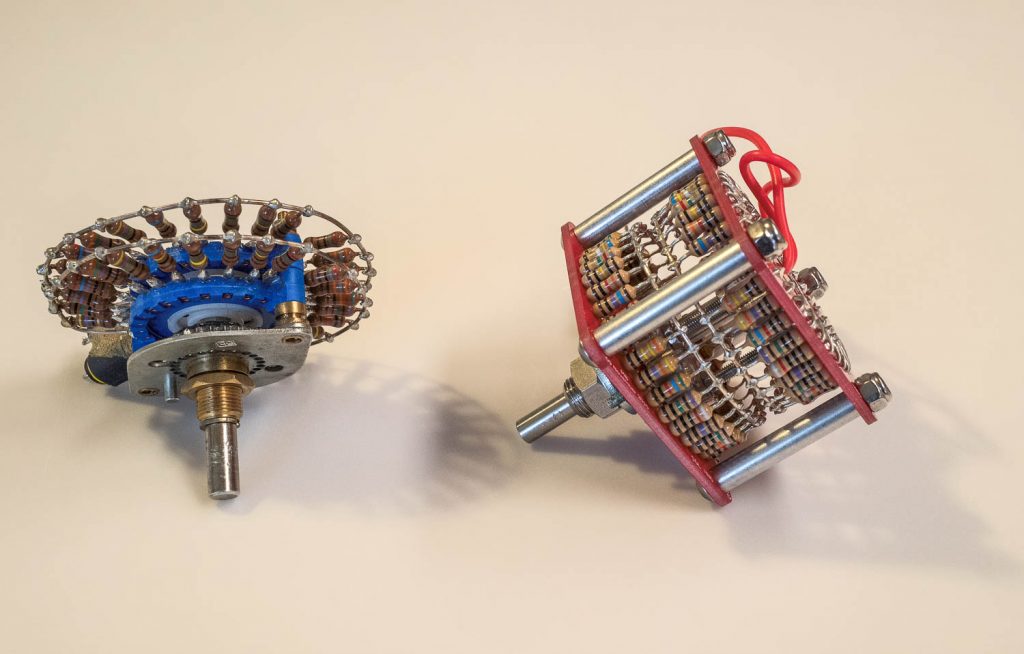Acapella Audio Arts has upped the bar significantly with their new statement-level loudspeaker, the Spharon Excalibur:
Frequency range: 15 Hz to 40K Hz.
4 x 18 inch woofers per channel
Sensitivity: 103-107 dB / 1 W / 1 m
Impedance: 8 ohms.
Over 2500 pounds. Each.
1 x ION plasma tweeter per channel
From $620,000 a pair. Active version available for additional cost.
The specifications really do tell the story here. Very big. Very efficient. And, given the Acapella brand sound, it will sound like music, and not a high-school science-day project or mad scientist’s laboratory experiment gone bad.
Don’t believe it? Stop by the store in Duisburg Germany and hear for yourself.
That is exactly what the German Lite Lifestyle technology magazine did.
They go into quite some detail – it is a long article, but in German.
We translated the first paragraph to English below [you haven’t experienced life until you and your spouse attempt to translate the same bit of text together, let me tell you…].
Without further ado…
Acapella Sphäron Excalibur – The answer to all questions
What is the maximum amount of effort that we can put towards achieving the high-end ideal of pure, natural and undistorted playback of sound? How far can we go in pursuit of precision, vividness and coherence? An answer to these questions can be heard in Duisburg, where Acapella Audio Arts, renowned manufacturer of horn loudspeakers, has their rarely built Sphäron Excalibur on display. We seized the opportunity to listen to this magnum opus, and are happy to share our insights.
Audiophile power: The massive Sphäron Excalibur is 2.40 metres tall and occupies nearly 1.7 square metres. This loudspeaker system is finished in black acrylic cabinets with red horns.
Does anyone really need this level of performance? At the pinnacle of high-end audio, that is the wrong question. Here, one aims for a higher goal. One aspires to experience unprecedented quality. One strives for the maximum achievable performance, constrained only by the limits of known science and available technology. One ignores costs, number of materials and market analysis in order to gain new know-how at the leading edge of sonic reproduction. This is the driving force for Acapella co-founder Alfred Rudolph. After building the sensational Sphäron, the ultimate horn speaker system of that time, he asked: “Can it be done better? Will I be able to improve it further? Or, more poetically: “Can I, as in the Arthurian saga, pull this sword from the stone?” And so the Sphäron Excalibur was born.
More here.





